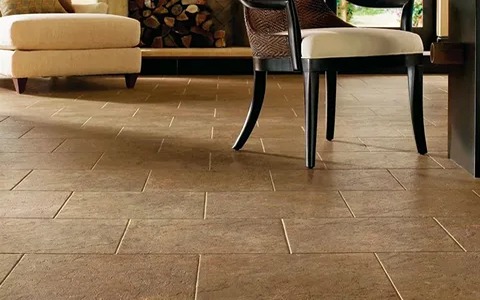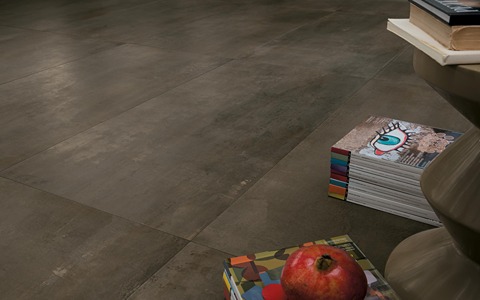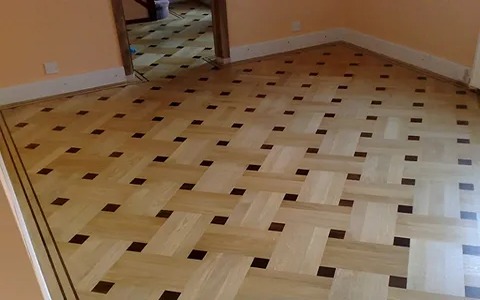When it comes to choosing tiles for your home or commercial space, size matters.
The dimensions of the tiles you select can greatly impact the overall appearance and functionality of any area.
In this comprehensive guide, we will delve into floor and wall ceramic tiles and the world of standard tile sizes in millimeters (mm), providing you with the essential information you need to make informed decisions for your tiling projects.
Before delving into the specific dimensions of standard tile sizes, it is important to understand why tile size matters.

1. Why Tile Size Matters
The size of the tiles you choose can impact various factors such as aesthetics, installation process, maintenance, and even the perception of space.
Larger tiles tend to create an illusion of a more significant space, giving a visually appealing and seamless look to any room.
On the other hand, smaller tiles can be used to create intricate patterns or designs, ideal for adding character and dimension to smaller spaces or accent areas.
2. Common Tile Shapes and Sizes
The world of tile is filled with a wide variety of shapes and sizes, each serving different purposes and aesthetic tastes.
Let's explore some of the most common tile shapes and their standard sizes in millimeters (mm):
a) Square Tiles:
- 100x100 mm (4x4 inches): The smallest size of square tile commonly used, perfect for detailed mosaic work or creating intricate patterns.
- 150x150 mm (6x6 inches): A versatile size commonly used for kitchen backsplashes, shower walls, and accent tiles.
300x300 mm (12x12 inches): An industry standard size that is widely used for residential and commercial flooring or as wall tiles in larger areas.

b) Rectangular Tiles:
- 100x200 mm (4x8 inches): A small rectangular size commonly used for subway tiles, ideal for creating a classic and timeless look.
- 300x600 mm (12x24 inches): A popular size for larger bathroom walls or as flooring in medium to large spaces.
- 600x1200 mm (24x48 inches): A larger size suitable for grand commercial spaces or open-concept areas, offering a seamless appearance.
c) Hexagonal Tiles:
- 100 mm (4 inches) across: Hexagonal tiles in this compact size are perfect for creating geometric patterns or accent features.
- 200 mm (8 inches) across: A larger size suitable for flooring or larger wall spaces, offering a unique and visually appealing look.
d) Subway Tiles:
- 75x150 mm (3x6 inches): The classic size of subway tiles, used for various applications such as kitchen backsplashes, bathroom walls, or shower surrounds.
100x200 mm (4x8 inches): A slightly larger size that provides a modern twist to the classic subway tile, perfect for contemporary designs.

3. Large Format Tiles
In recent years, large format tiles have gained popularity due to their seamless appearance and ability to create an illusion of space in any setting.
Large format tiles typically measure 600x600 mm (24x24 inches) or larger, making them a perfect fit for open-concept areas, commercial spaces, and contemporary designs.
These tiles are excellent for minimizing grout lines, creating a sleek and modern look.
However, it's important to note that installation of large format tiles requires careful planning and professional expertise to ensure proper support and avoid potential cracking.

4. Considerations for Grout Lines
The width of grout lines plays a significant role in the overall visual impact of a tiled area.
While it might seem like a minor detail, the size of grout lines is essential to the overall aesthetic of the project.
Smaller tiles generally require smaller grout lines to maintain the visual continuity, typically ranging from 1-3 mm.
On the other hand, larger tiles could benefit from wider grout lines, typically between 3-5 mm.
It's important to note that grout lines are not just a visual consideration but also affect the overall maintenance and cleanliness of the tiled area.
Aside from the basic tile sizes, the way you lay the tiles can greatly impact the overall aesthetics of the space.
Different tiling patterns can create unique visual effects and enhance the overall design concept.
